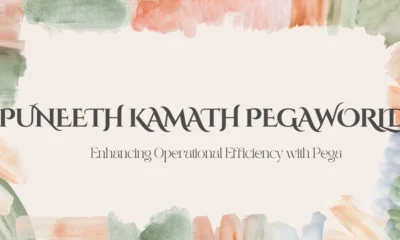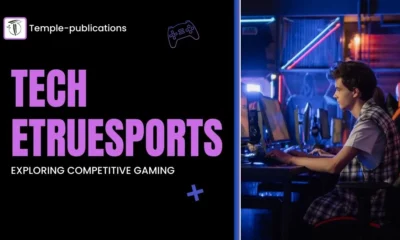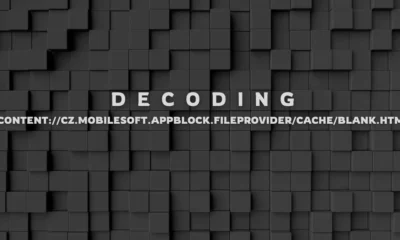EDUCATION
Breaking Down What You Need to Know Before Studying Abroad

Introduction
Studying abroad. It’s exciting, daunting, and can feel like you are stepping into the unknown, all at once.
The good news is that studying abroad can allow us to gain invaluable life experiences, carrying us through different stages of our personal and professional development. It can change and build on our current perspectives, giving us a fresh angle on how different parts of our world work.
If you are looking to move countries to pursue your studies, there are different factors you must consider. Let’s explore.
What are some benefits of studying abroad?
When we fly to a different country to study abroad, many of us step out of our comfort zone, taking a leap of faith to make new memories and enjoy life-changing experiences.
Whether you’re a second-year design student, you’re looking to complete an EdD in international education, or searching for high school programs to study abroad, there are many benefits to studying abroad.
Experience different learning opportunities
When studying abroad, we are exposed to various learning styles. Some will be new and completely different from what we’re familiar with at home. Understanding the different learning styles other parts of the globe have to offer can shape the way we think about education and can also allow us to gain better clarity of our professional aspirations.
Embracing different cultures
Being able to immerse yourself in a different culture is another beneficial aspect of studying abroad. Not all of us have the opportunity to fly to a different country to further our studies. Given that, we should make full use of this overseas experience by learning more about different cultures, trying out new types of food, listening to local music, and discovering new things about the country each day.
Gain international experience
Many students have the misconception that being a full-time student only limits us to studying. However, there are many ways to maximize our learning opportunities. For instance, gaining relevant work experience through internships is a highly employable trait, indicating the ability to embrace learning opportunities and rise to different challenges.
What do you need to know before studying abroad?
There are many factors for you to consider when studying abroad. If you are looking to move to a new country, here are some of the things you must consider:
Be early in gathering documents
Different countries require you to produce different types of documents. This can include your bank statements, health insurance, passport, and proof of acceptance letter, among others. These documents are requested by immigration authorities mainly to substantiate that you are well-funded to support yourself in a country away from home. Always be mindful to keep these documents on hand or store them in your mobile device so it’s convenient for you to access them whenever needed. Remember that it is always better to be prepared than to be underprepared.
Secure flight tickets in advance
Another factor to consider is to secure your flight tickets several months in advance. It’s also important to obtain your visa before even booking your flights. Securing your visa and flight tickets well ahead of your departure will afford you peace of mind.
Come up with an emergency fund
We don’t ever predict emergencies. However, what we can do is set aside funds in case an emergency were to take place. As you’ll be on your own in a new country, it’s important to have sufficient funds in the event of the unexpected.
Learn the language of the country
When traveling to a new country, it’s a good idea to learn the language. This can seem challenging and daunting at first. However, you might be surprised how fast you’ll get the hang of it when you’re being exposed to the language daily, through its native speakers.
Expanding on your current educational level is never a bad idea: further studies can always be beneficial to enhance both your personal and professional life. This is especially the case if you plan to challenge yourself by studying overseas, in a country away from home. The life experiences that studying abroad can offer international students are invaluable, and the opportunities for growth are almost limitless.
-

 BIOGRAPHY6 months ago
BIOGRAPHY6 months agoBehind the Scenes with Sandra Orlow: An Exclusive Interview
-

 HOME1 year ago
HOME1 year agoDiscovering Insights: A Deep Dive into the //vital-mag.net blog
-

 HOME1 year ago
HOME1 year agoSifangds in Action: Real-Life Applications and Success Stories
-

 BIOGRAPHY1 year ago
BIOGRAPHY1 year agoThe Woman Behind the Comedian: Meet Andrew Santino Wife




























